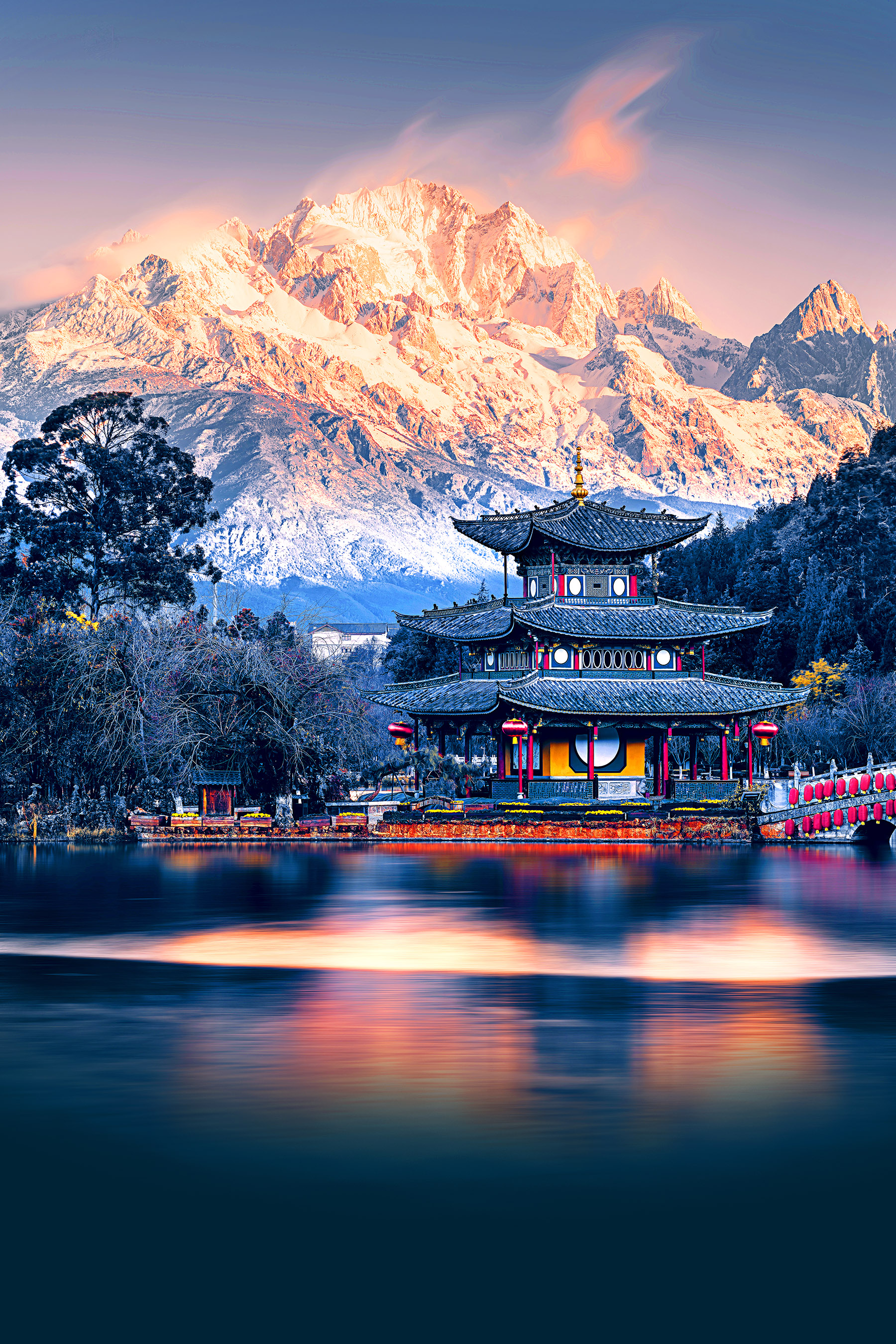Historic trade route over mountains has its origins in Yunnan province, a place where the landscape is as diverse as the inhabitants, Deng Zhangyu and Li Yingqing report.

Editor's note: China Daily reporters leverage local expertise to devise different itineraries that showcase a blend of historical landmarks and natural wonders in highly recommended cities and sites, offering practical guidance to experience the country.
Southwest China's Yunnan province is home to one of the world's highest and most storied ancient trade routes. For centuries, mule caravans traversed the historic path, transporting tea from the lush regions of Xishuangbanna and Pu'er to the high-altitude snowlands above.
The route made tea an integral part of life for the Tibetans on the plateau. From there, the journey extended southward to India and to some Southeast Asian countries, and northward to Russia. Owing to the frequent exchange of tea for horses along the route, it is also referred to as the Ancient Tea Horse Road.
Along the way, there are mountain ranges, dense forests, swift rivers, vast grasslands, towering snowcapped peaks and deep valleys. The perilous environment and unpredictable climate along the route forced mule caravaners to risk their lives in pursuit of a livelihood. Today, these breathtaking, diverse landscapes are drawing tourists from both China and abroad, eager to explore the stunning mountains and rivers, as well as the multicultural heritage that lines the historic path.
READ MORE: A historic tea route flows across time
The route is a melting pot of ethnic diversity, with Tibetans, Naxi, Bai, Dai, Yi and other ethnic groups contributing to a vibrant cultural mosaic. This diversity is naturally reflected in the architecture, languages, food and customs found along the route.
According to the Yunnan Provincial Department of Culture and Tourism, tourism in the province has grown rapidly this year. In the first quarter, Yunnan welcomed 190 million visitors, including 1.86 million tourists from Southeast Asia, the United States and Europe.
To gauge the popularity of the attractions along the ancient route, you only need to see the line of eager hikers waiting in Shangri-La to understand its allure.
The ever-changing landscapes take you through all four seasons. At the southernmost point lies Xishuangbanna, a region that enjoys a perpetual summer and is home to China's only tropical rainforest nature reserve, making it a paradise for plant lovers. Just a two-hour drive away is Pu'er, famous for its ancient tea trees and a tea culture that has earned acclaim both at home and abroad, particularly for its renowned Pu'er tea. Serving as crucial waypoints along the ancient trade route, Lijiang and Shangri-La in northwestern Yunnan boast vast, pristine snowcapped mountains and majestic grasslands and lakes.
ALSO READ: Simply a matter of good taste
The most fascinating element of the route is the array of ethnic groups and their rich folk cultures. The province is home to 26 ethnic groups. This cultural diversity is evident not only in the languages spoken but also in the clothing, culinary delights, festivals, and traditions of music and dance.
As you journey along the route, you're greeted by a kaleidoscope of colorful attire and a symphony of languages. The Dai people's stilted houses, the ancient town of Lijiang, and the Tibetan-style temples and architecture in Shangri-La — each city boasts its own distinct charm and character.
Get ready to follow China Daily as we explore the best scenery, experience the rich culture, meet interesting people and enjoy the feast for the sense along the Ancient Tea Horse Road.
Contact the writers at dengzhangyu@chinadaily.com.cn


